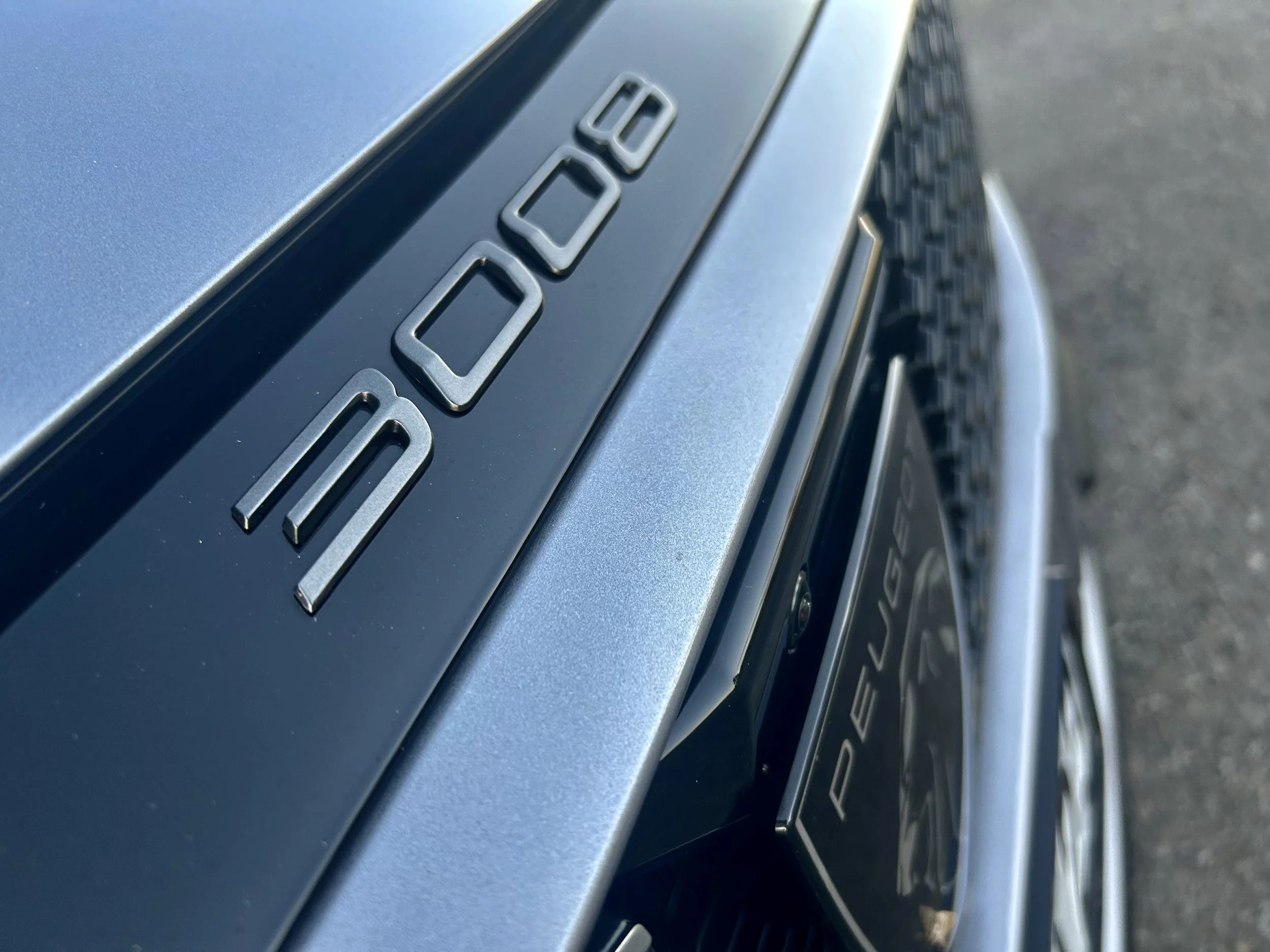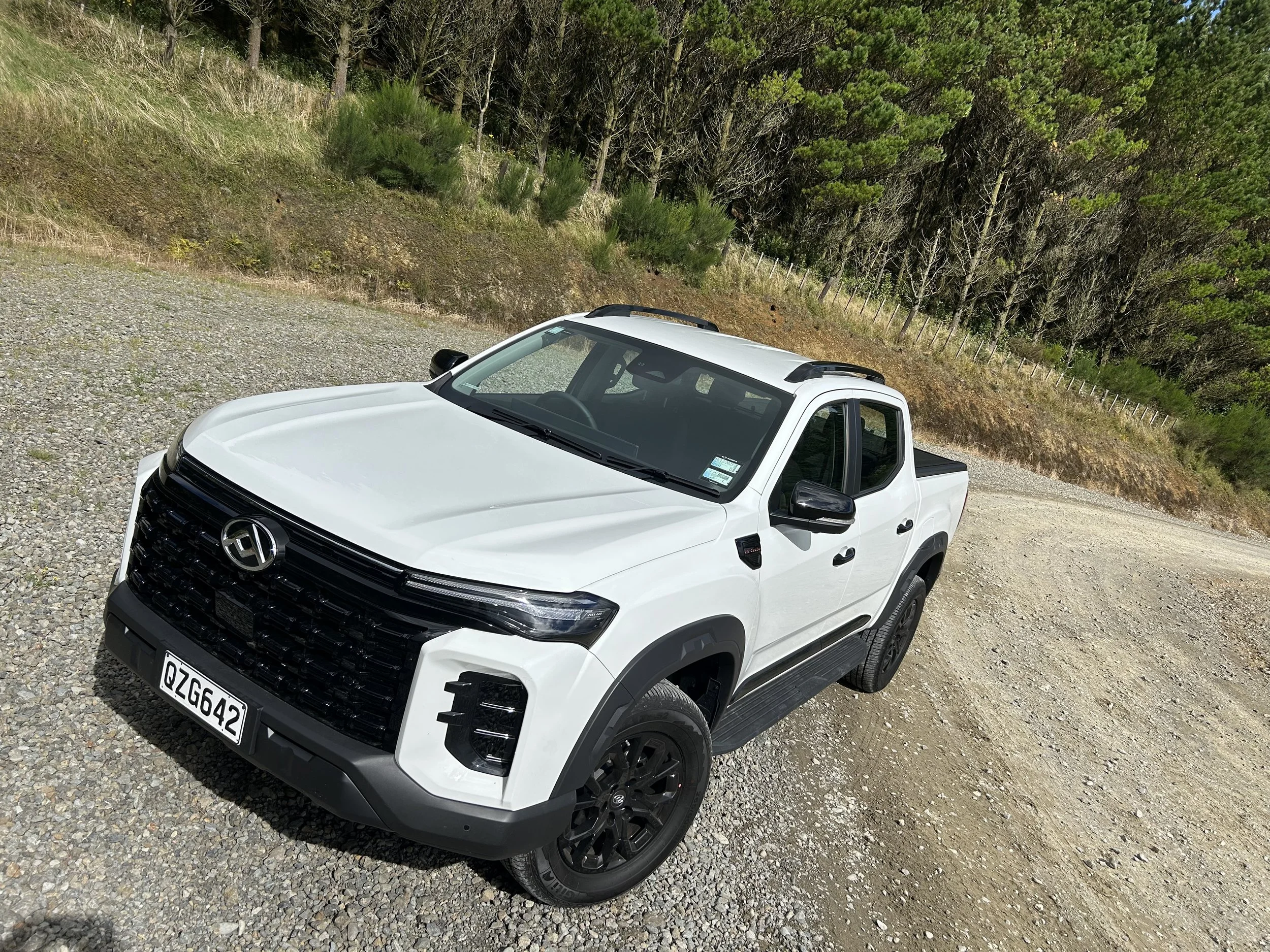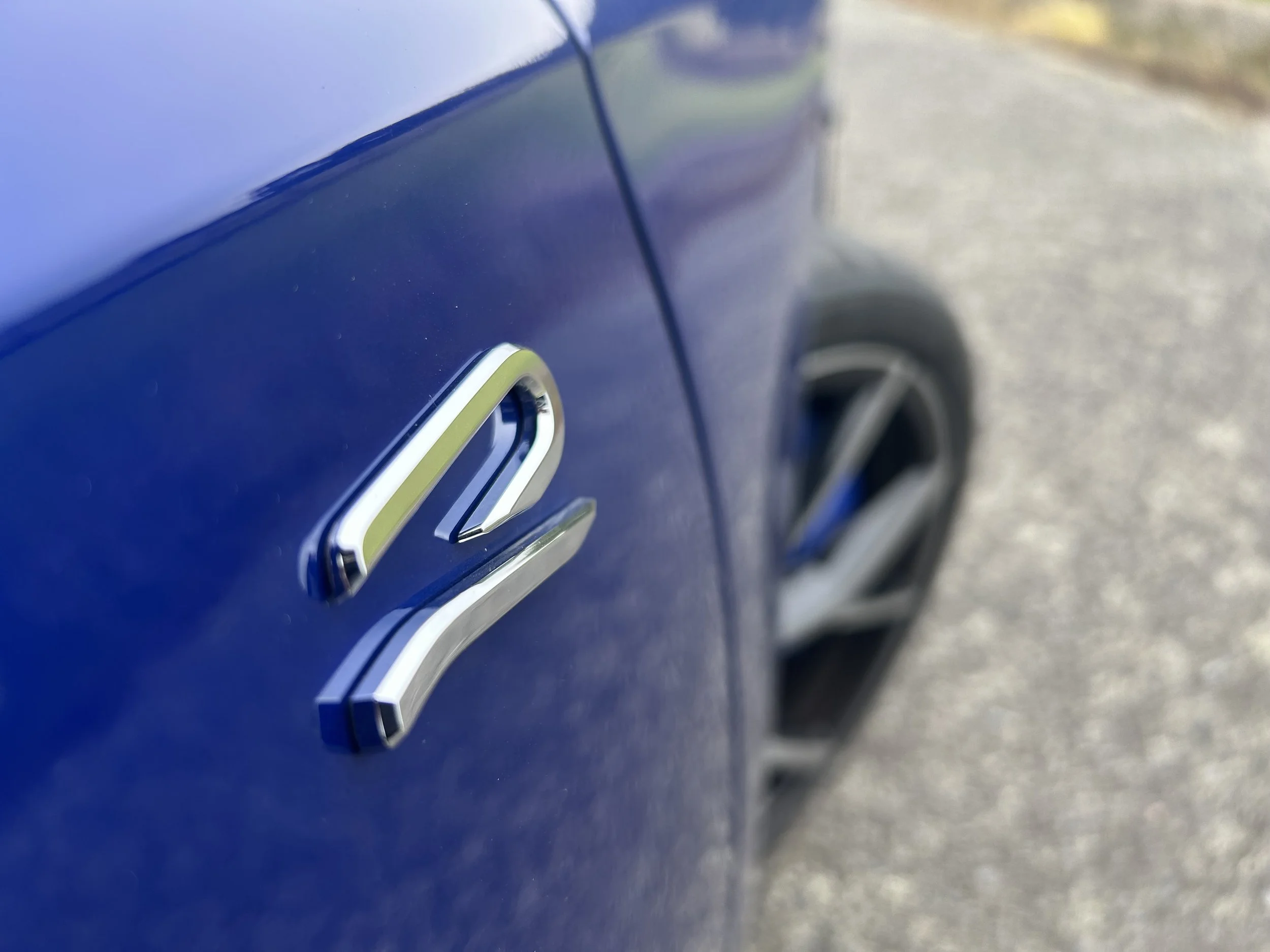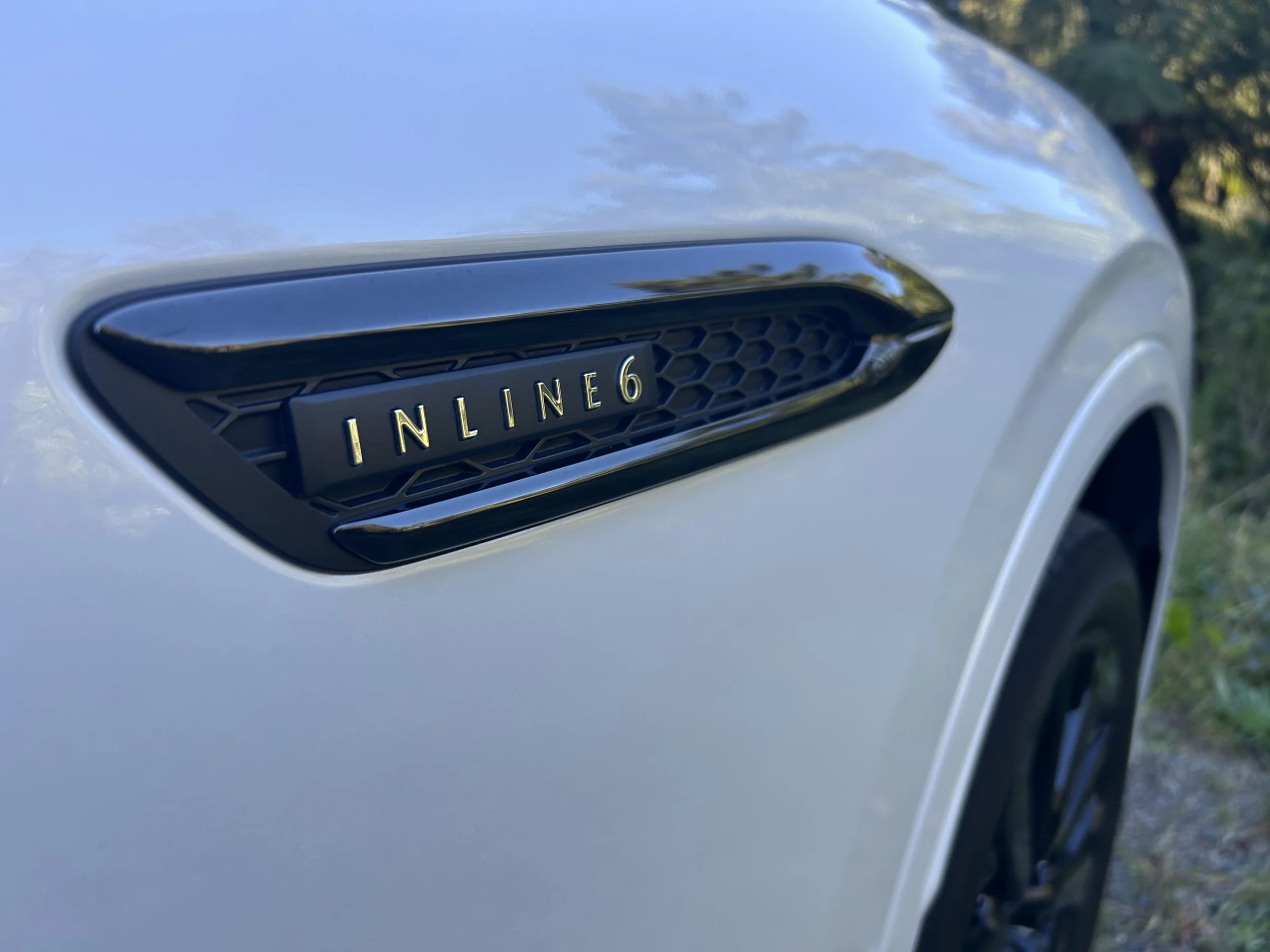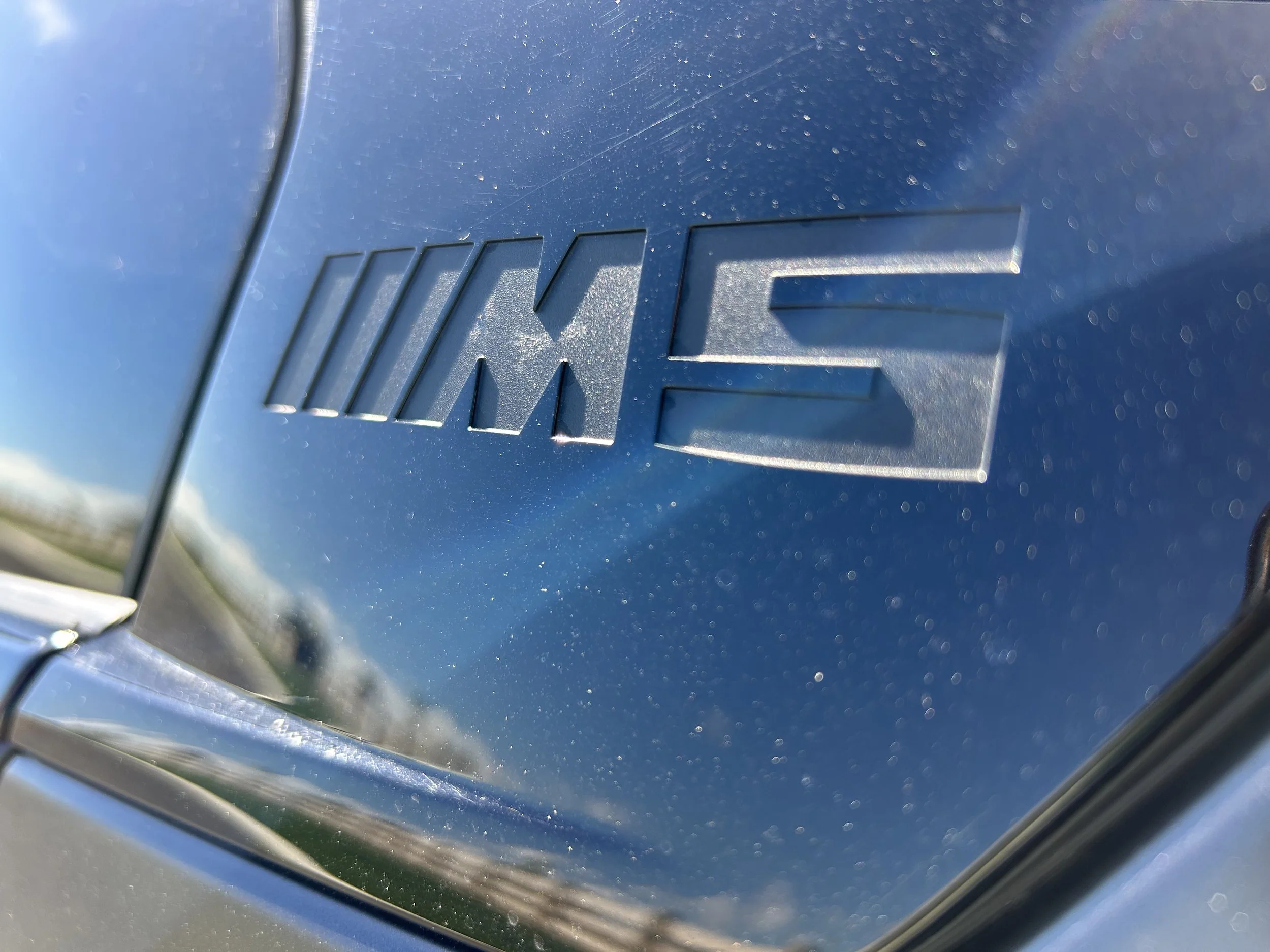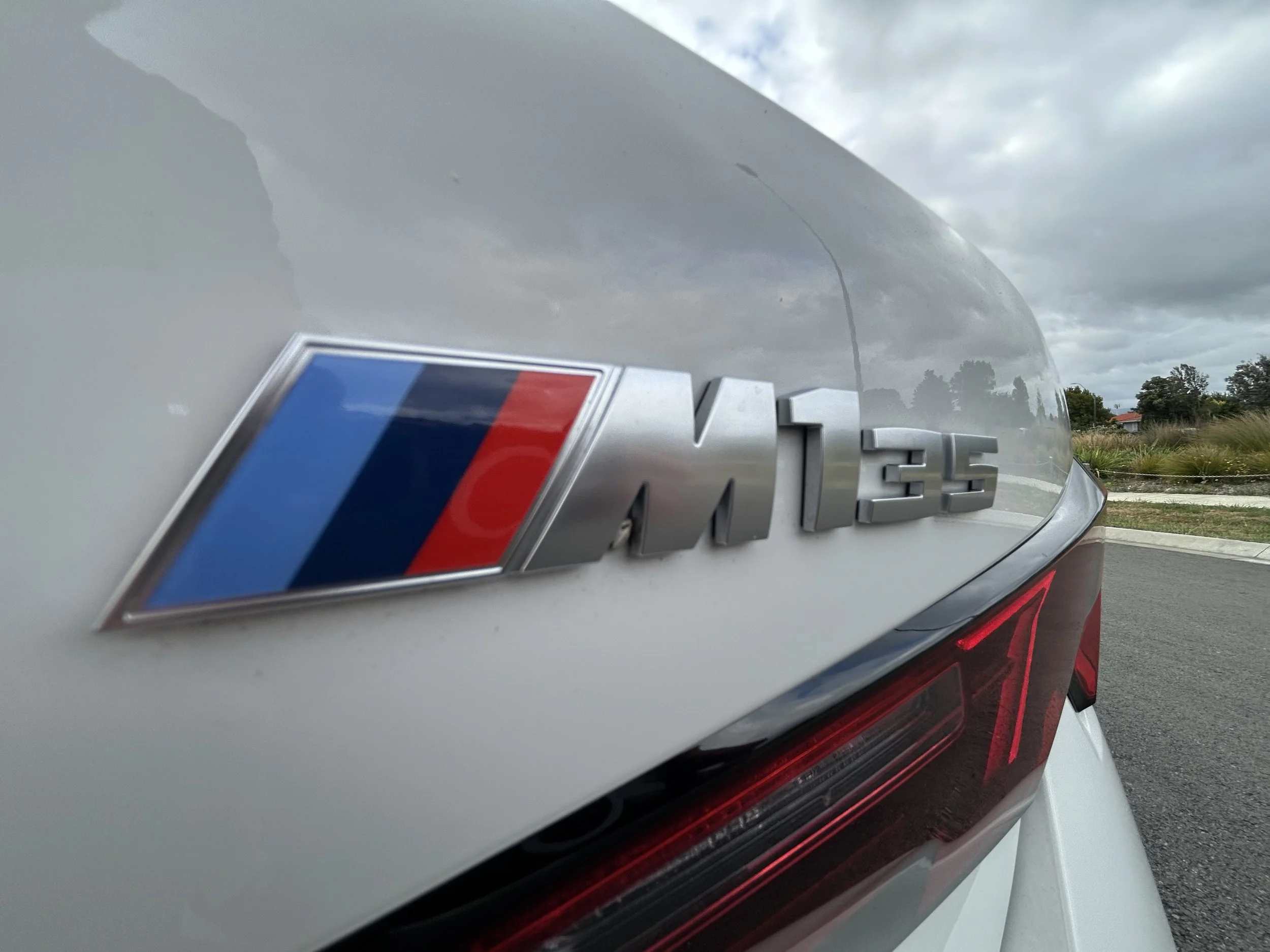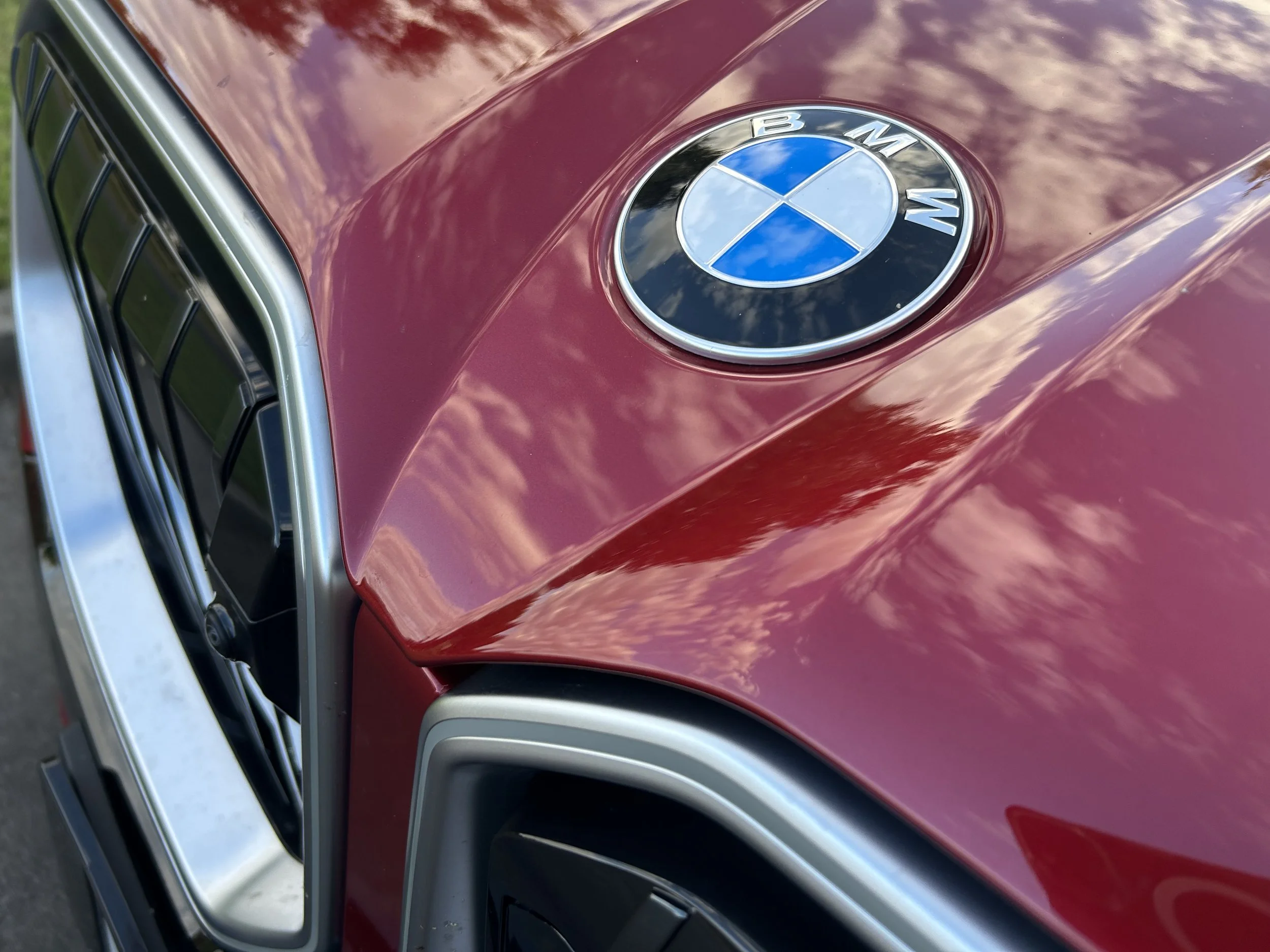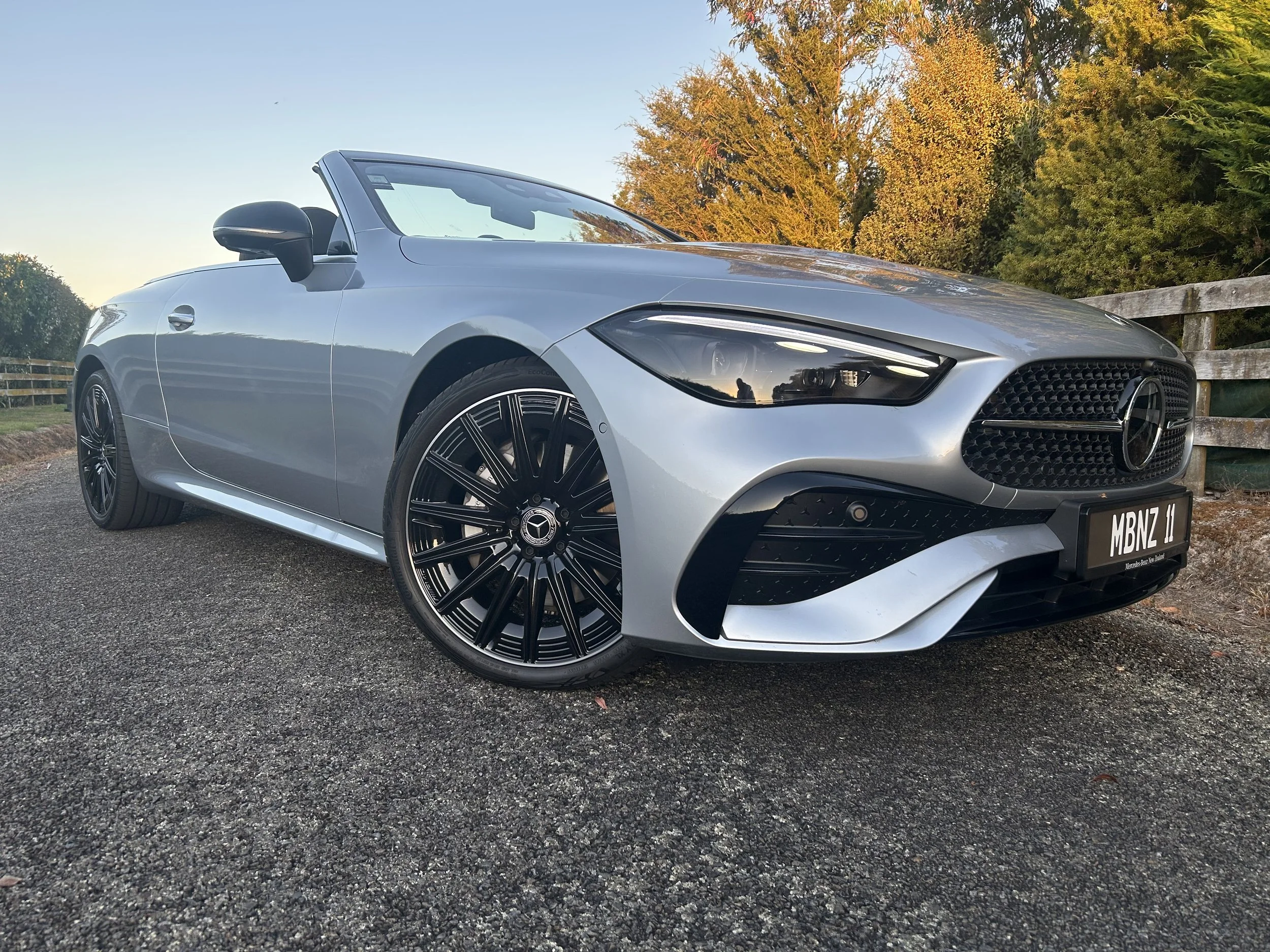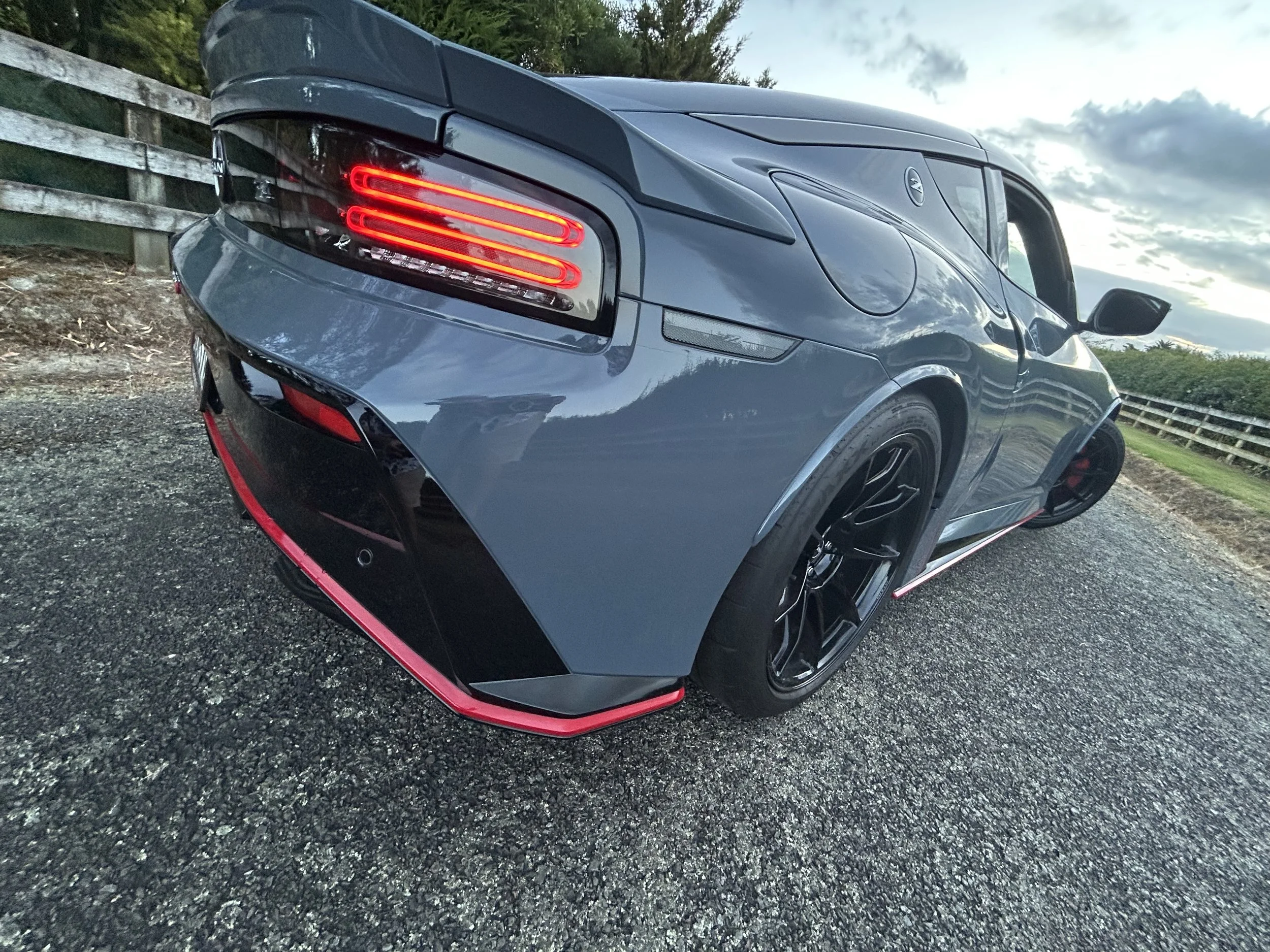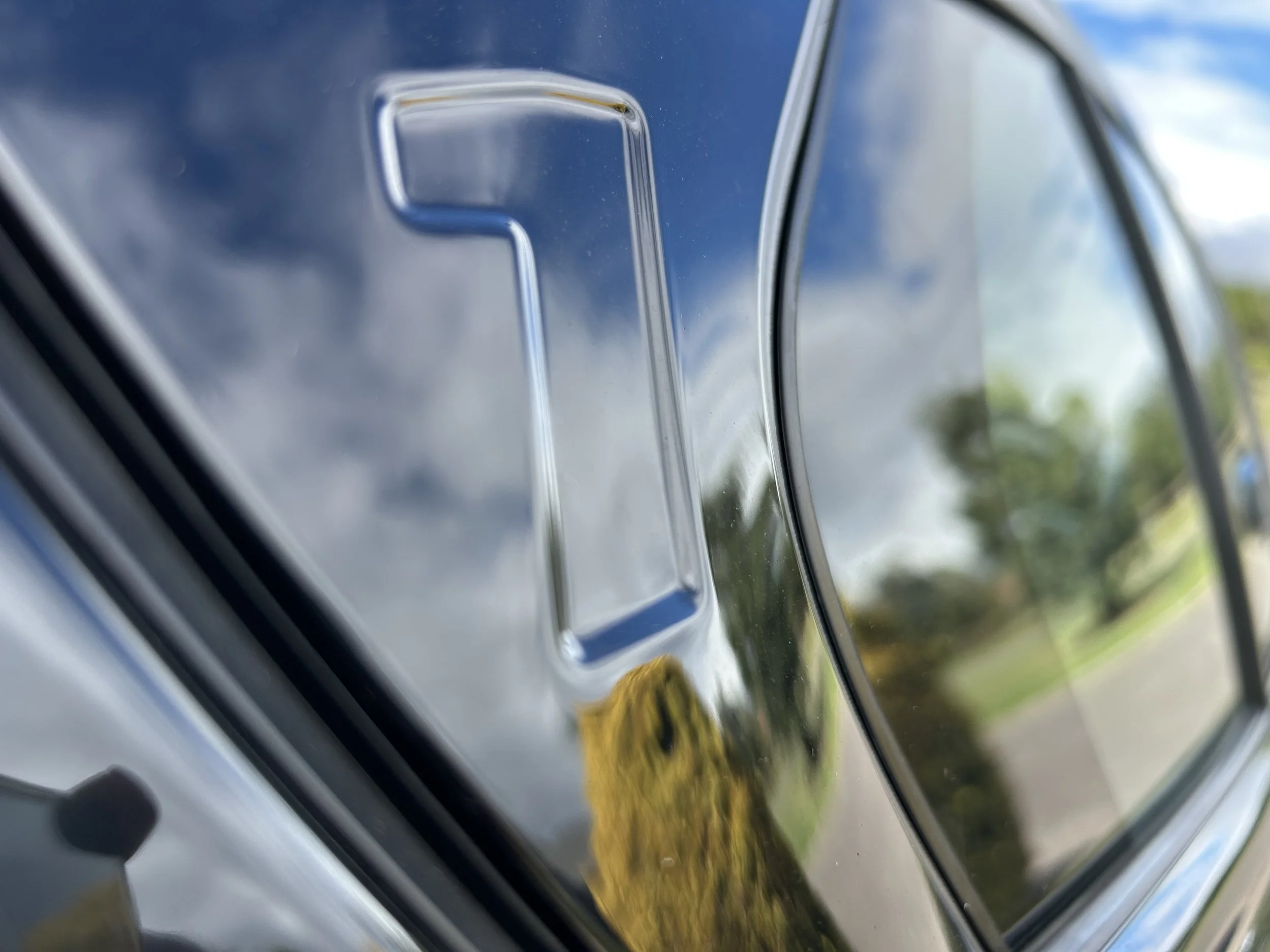Might last year's electric blackout short-circuit car prices?
/New vehicle purchasers cold-shouldered EVs in 2024 … and that could cost every buyer this year.
ELECTRIC vehicle sales over the past 12 months were one third the 2023 tally, the strongest performers when the technology was hot all short-circuiting.
Tesla again came out best. It sold more EVs than any other provided. The Model Y (above) topped for a second year as the best-selling battery-dedicated car …
And yet? This make was also the worst hit bespoke EV distributor; a paltry 1287 registrations for its two products represents a 74 percent year-on-year decrease in volume.
But all electric vehicle sellers were battered in 2023 - and that’s raised an issue for the Motor Industry Association.
Carbon dioxide counts from vehicles are supposed to be falling. Legislation encourages this. But everything relies on increasingly progressive transition to low to no CO2 emitting vehicles: Electrics. Without better sales of battery-wed product that makes substantial difference, targets won’t be met, the organisation representing most new car distributors now reminds.
Government registrations data it shared today confirms it was a tough year for all new car sales. The total market when including heavy vehicles was down to 128,828 registrations. That’s a 20,095 drop on the year prior. Registrations within the light vehicle sector fell 13.5 percent.
Almost all genres lost ground, but abdication from battery-dedicated cars relying on mains replenishment - so, wholly electric cars (BEVs) and plug-in hybrids (PHEVs) - was particularly high.
Last year’s BEV count of 6748 cars was less than a third the 2023 total, of 21,611, and PHEV volume fell from 8985 cars to 3423, with the best performer being Mitsubishi Eclipse Cross, on 1195 units (compared with 2777 in the year prior). Their respective market penetration was 5.2 percent and 2.7 percent, well below past years’ performances.
The only electric involved vehicles maintaining consumer interest were those that barely do: Mild hybrids. With 31,209 registered, that class gained ground and achieved a 27 percent slice of the market. Hybrids are stock in trade for Toyota New Zealand and very much helped it maintain comfortably as the market leader for a 37th consecutive year. But their usefulness in achieving CO2 reduction is limited.
Why did the market u-turn on EVs and PHEVs? The curtailment of controversial incentives on up-to-$80,000 cars, introduction of Road User Charges and now rising ACC charges clearly factor. It’s fair to assume early adopter interest has also fulfilled. The degraded economic condition has to be considered. For its part, the MIA highlights regulatory changes, economic pressures and shifting buyer preferences.
However, it also makes clear the reversal in overall electric interest will not come without a price. One buyers of fully internal combustion vehicles will likely feel in coming months, with potential of sticker price rises on popular vehicles.
Because? The Clean Car Importer Standard. This limits the average carbon dioxide emissions from new vehicles. It was introduced to lower emissions and avoid NZ being a dumping ground for less efficient vehicles which could not be sold in territories with stricter rules.
A revised emissions target implemented on January 1. The limit for passenger cars remains at the same 112.6 gram as last year, but the commercial vehicle target - affecting vans and utes - settles at 223g/km. Distributors of vehicles that emit more than these levels - and quite a few do - must pay penalties, running to thousands of dollars. These are very likely to be passed on to consumers.
The impact of this could have been greater. What applies now is a less rigorous revision of a structure set up by the previous Labour government. Under their rules, the target would now have been 115g/km - well below the cleanest diesel ute. The National-led coalition watered down what was then the Clean Car Standard, in part so NZ regulations would synch with Australia’s, also because of industry feedback.
Nonetheless, next year passenger car CO2 targets also alter to 112.6g/km, then to 103 the year after. Under Labour, the 2026 target was expected to be achieved this year, with 84.5g/km next year and 63.3g/km in 2027.
Average tailpipe emissions rose in 2024 because buyers swung back to favouring vehicles - notably SUVs and one-tonne utilities - that have historically been high CO2 culprits. Many models picking up sales pace last year were freed from penalties imposed under the Clean Car Discount that ended a year ago.
The Toyota RAV4, now issued in predominantly hybrid form, was the best-selling passenger car with 10533 registrations. But it was trounced as the year’s top choice model by the Ford Ranger. The Blue Oval one-tonner claimed 11748 registrations, wrapping up that hot run with an astounding 1476 last month. Ranger has now topped or 11 years. It is about to release with a petrol plug-in hybrid that’s potentially more CO2 considerate than the model’s current, and ongoing, diesel engines that, in the main, fall short of the new CCIS setting.
While mild/self-replenishing hybrids will help reduce the fleet average, the MIA accepts they are no absolute panacea, being still primarily fossil fuel reliant fare. Moreso than PHEVs. Full electrics, of course, bypass the pump completely and don’t produce CO2 in operation.
MIA chief executive Aimee Wiley cautions significant challenges lay ahead if the best technology to win the day is not being supported strongly enough.
“Consumer demand simply does not align with the stringent CO2 targets for light passenger vehicles in 2025.
“Importers face a delicate balancing act to meet these targets and avoid penalties, which could lead to consumer vehicle price inflation unless genuine demand for EVs rebounds significantly in 2025.
“The industry must work collaboratively to address these challenges while ensuring vehicles remain affordable and accessible for New Zealanders," Wiley added.
How, and by how much, the EV sector can recover in 2025 is a pressing issue, she has indicated. It’s going to take some effort to revive a category that was down 74 percent on its 2023 result.
Hefty discounting of many models created some interest - December’s tally of 959 fully electric light vehicles was the period’s best monthly return - but it was only to clear out aging inventory that HAD to go. Those special prices are set to adjust once fresh consignments land. Expect distributors to also be far more cautious about how many cars they keep in stock.
It’s telling that EVs accounted for 11.6 percent of total market share last month, whereas in December of 2023 and 2022 the respective accruals were 39.26 percent and 26.01 percent.
Emergent evidence suggests all the big volume brands of 2023 - notably Telsa, MG, BYD, Hyundai and Kia - were pummelled last year.
Model Y did most of the work for Tesla last year, but just 826 found homes. In 2023, 4906 Model Ys and Model 3s were plated. In that year, the SUV variant was not just the strongest selling EV, but the third best selling car in the country. Last year, it didn’t even make the top 15.
How that leaves the make going into 2025 will likely trigger much speculation - Tesla is the most guarded of new vehicle brands at best of times, but there’s perception it very likely has unsold 2023 stock to shift.
The wider industry knows how expensive it is to get rid of dating product; many cars subject to fire sales have sold at a loss. But brands that fell into discounting will attest the absolute necessity for doing so. EVs are costlier to keep in storage that internal combustion cars. Tesla NZ had a splurge last month, with 127 Model Ys and 123 Model 3s registered, but how many more are yet to be moved on?
Having enjoyed what the BusinessDesk publication described as a “meteoric rise in revenue between 2019 and 2022”, Tesla was already in a revenue downturn last year, though that didn’t inhibit it on big spend undertakings.
After shifting out of premises in Ponsonby, Auckland, where it started out five years ago, for a larger development in Mangere it opened up a new store in Wellington whose cost, according to some, represented as a capital’s biggest automotive development for years.
A website that specialises in scrutinising electric vehicle trend here, EVDB.nz, notes that a significant proportion of the national EV uptake two years ago was due to strong Tesla numbers.
In 2023 Kia, MG and BYD all showed strong electric model counts, but last year also fell on hard times.
BYD raced up the charts in 2023 with 3715 registrations, mainly accrued by its Atto3 hatchback, which with 3171 registered was the strongest-selling car from China. In 2024 it was outside the top 15 and appears to have managed just 686 fully electric registrations - a higher percentage fall than Tesla experienced. However, BYD is no longer just selling purely electric cars, as it was two years ago. In 2024 it introduced two plug-in hybrids, which bolstered the overall count. It will also soon begin selling another PHEV, the Shark utility.
MG also sell internal combustion cars - some wholly, some hybrid - as well as electric; in 2023 its biggest hit was the MG4. The Sino-Brit brand achieved 6105 registrations in 2023; in 2024 it had 3067.
Technically-conjoined but separate in market representation Hyundai and Kia respectively achieved 419 and 416 electric vehicle registrations last year, against 1657 and 1792 in 2023, according to EVDB statistics.







